Imagine you’ve just got a text from a friend. Which of these two messages would you react to more strongly?
A: ‘The forecast doesn’t look great today.’
B: ‘The forecast is heavy rain and winds of up to 45 mph this afternoon.’
Most people would probably say version B, because it’s far more specific.
Granted, the first message would probably prompt another question. (‘Really? What’s it saying?’)
But the second one would have you engaged. You’d instantly imagine torrents of water cascading down the street or people wrestling with unruly umbrellas (in other words, a typical June day in Britain).
If you saw that bland first statement in the middle of an email, it’s quite likely that your brain would ignore it altogether.
Yes, it could stop and try to imagine what ‘doesn’t look great’ might mean. But that effort would be pointless, as it could never be sure.
It’s evolved over millions of years to save energy. So it just mutters ‘nothing to see here’ and moves on.
‘We don’t stop being human
when we open our laptops’
Version B, on the other hand, gives your mind far more to work with.
The brain interprets everything initially through our emotions. We don’t see a ‘house’, but a ‘nice house’ or an ‘ugly house’. Bland sentences that tell us very little do nothing to engage us.
This emotion-first principle applies just as much to what we write at work as to what we text to our friends.
It’s tempting to think that we’re driven mainly by logic in our professional lives. But we don’t suddenly stop being human when we open our laptops.
Be careful
Adding a little detail can work wonders. We’ll react more to reading ‘complaints have halved’ than to ‘complaints have decreased’.
But we need to be careful.
In documents, detail usually means data. And there’s nothing more guaranteed to make someone’s eyes glaze over than stuffing a report full of raw statistics.
Abstract numbers spark no emotion. So there’s no reaction.
Not just that, but the way you write about numbers can have a huge impact on decisions too, no matter how expert or senior your audience may be.
Keep it real
Researchers found that even medical professionals aren’t immune, for instance.
If psychiatrists were told that ’20 out of every 100 patients’ with a particular trait go on to commit an act of violence, they were less likely to discharge them than if they were told there was a ‘20% chance’.
The key is to express numbers in ways that readers can picture in their minds.
This transforms data from dull statistics into the kind of detail that makes people sit up and take notice.
How to write real-world numbers
If you ever write about numbers, we’ve got some great guides for you in our Knowledge Hub. Each comes complete with a PDF version, which you can download and save for when you need it.
Here are three of the best to check out:
Make communicating numbers as simple as 1, 2, 3
Guardian journalist James Ball shows you how to bring even the most complex of stats to life in this quick, three-step guide.
How to write for a non-technical audience
One of our expert trainers, Jack Elliott, shows you not just how to bring numbers to life but the best way to communicate any technical topic to a non-specialist.
How to write numbers, figures, dates and times
Should you write ‘9’ or ‘nine’? Is it ‘1000’ or ‘1,000’? Kathy Gemmell (another of our experts) has the answers to all those nagging number questions that can trip us up or slow down our writing.
You can also read the key research into emotion-first decisions in this paper by psychologist Paul Slovic. (It includes the psychiatrist study I mentioned earlier.)
Image credit: Yuri A / Shutterstock
Subscribe
Expert advice to your inbox

